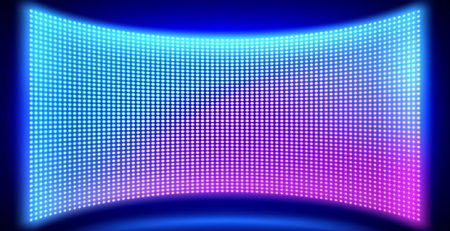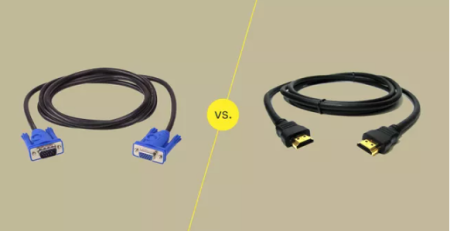In the fields of industrial automation, medical equipment, traffic monitoring, etc., the reliability, display effect and environmental adaptability of the display directly affect the overall performance of the equipment. LCD industrial displays and OLED (organic light-emitting diode) are the two mainstream display technologies at present. Due to different core material systems, they show obvious differences in industrial scenarios. This article starts from the material composition to analyze the differences between the two and the industrial adaptation logic.
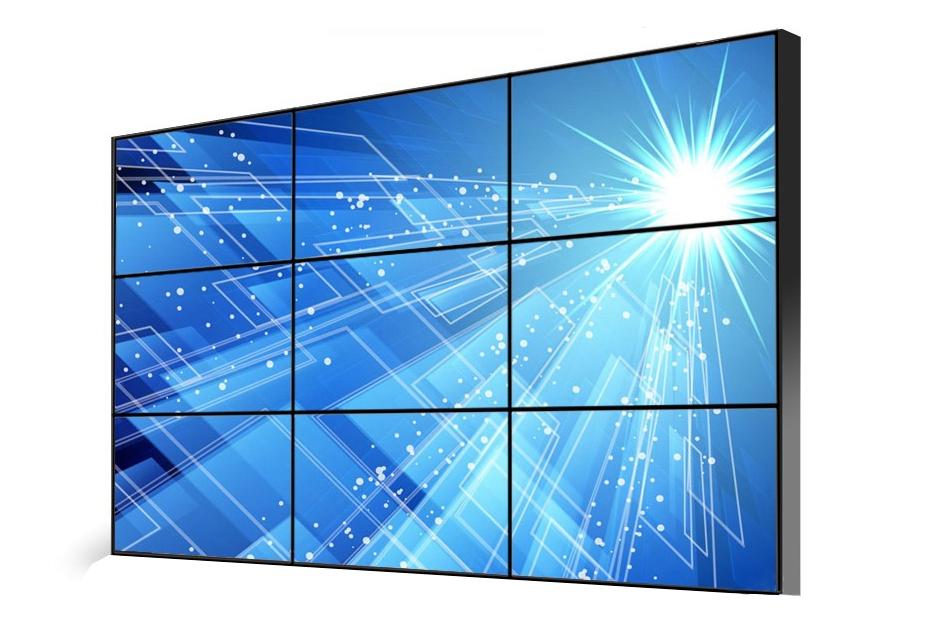
The core of LCD industrial displays is the collaborative system of “backlight + liquid crystal”. It does not emit light by itself, and requires an external backlight module to provide a uniform surface light source. The backlight module is usually composed of LED light source, light guide plate, diffuser, etc., and the light transmittance is adjusted by voltage control of liquid crystal molecule deflection to finally form an image. The backlight module determines the basic brightness and color gamut. Industrial-grade LCDs often use high-brightness LEDs to cope with strong light environments; the liquid crystal layer is composed of liquid crystal molecules, polarizers, and electrode arrays. The liquid crystal molecules rotate in the electric field to change the polarization direction of the light. The polarizer converts natural light into linearly polarized light, and the electrode array transmits electrical signals to control the pixel switch. Industrial LCDs need to adapt to wide temperatures and fast responses, so low-viscosity, wide-temperature hybrid liquid crystal materials are used.
Compared to LCD industrial displays,OLED uses self-luminous technology, and the core lies in the organic light-emitting layer and packaging protection. Each pixel is composed of organic materials, which emit light through carrier injection and recombination, without the need for external backlight. The organic light-emitting layer is usually stacked by a hole transport layer, a light-emitting layer, and an electron transport layer. The energy level matching of the materials directly affects the luminous efficiency and lifespan. High-purity materials are required to avoid non-radiative recombination. Industrial OLEDs often use phosphorescent or fluorescent materials to improve efficiency, and also enhance stability by doping with rare metals. Since organic materials are sensitive to water and oxygen, trace amounts of water and oxygen will accelerate aging, and OLEDs require high-barrier packaging: the traditional solution is a glass cover plus a sealant, and the emerging solution is a thin-film package, which takes into account both protection and flexibility requirements through an inorganic-organic alternating barrier layer.
The difference in core materials directly leads to the differentiation of performance in industrial scenarios. In terms of brightness, LCD relies on a backlight module, and the brightness of industrial-grade products can reach more than 1000nits, but the contrast is limited by light leakage in the liquid crystal layer, usually about 1000:1; OLED is self-luminous, and each pixel can be turned off independently, with a higher contrast and more conducive to displaying dark details. In terms of lifespan, LCD industrial displays backlight module and liquid crystal layer have a longer lifespan and no risk of “screen burn-in”; OLED organic light-emitting layer has aging problems, and long-term static images may cause local brightness to decrease, which needs to be alleviated by pixel compensation algorithms. In terms of power consumption, LCD energy consumption mainly comes from backlight, and high-brightness scenes have higher energy consumption; OLED only consumes power in luminous pixels, and zero power consumption in black screen areas, which is more suitable for low-power devices. In terms of environmental adaptability, LCD can adapt to a wider range through wide temperature design; OLED organic material response may be delayed at low temperatures.
Choosing LCD industrial displays or OLED in industrial scenarios is essentially a trade-off between “stability” and “display effect”. In high-load and strong interference scenarios, LCD backlight module and liquid crystal layer processes are more mature, stability is more guaranteed, and cost is lower; in high-contrast and flexible demand scenarios, OLED’s self-luminous characteristics and flexible packaging technology can provide a more immersive visual experience, although slightly higher maintenance costs and life limits must be accepted.
In recent years, technological iterations have narrowed some of the differences: OLED has improved its lifespan through phosphorescent material upgrades and thin film packaging optimization; LCD industrial displays has made up for its contrast shortcomings through Mini-LED backlight, such as shrinking LED chips to 100 microns to achieve local dimming. In the future, technologies such as quantum dot materials to improve LCD color gamut and printed OLED may further integrate the characteristics of the two, but industrial selection always needs to return to specific scene requirements – understanding material properties can enable display technology to truly empower industrial scenes.
Golden Margins –Entire Range of Touchscreen Products
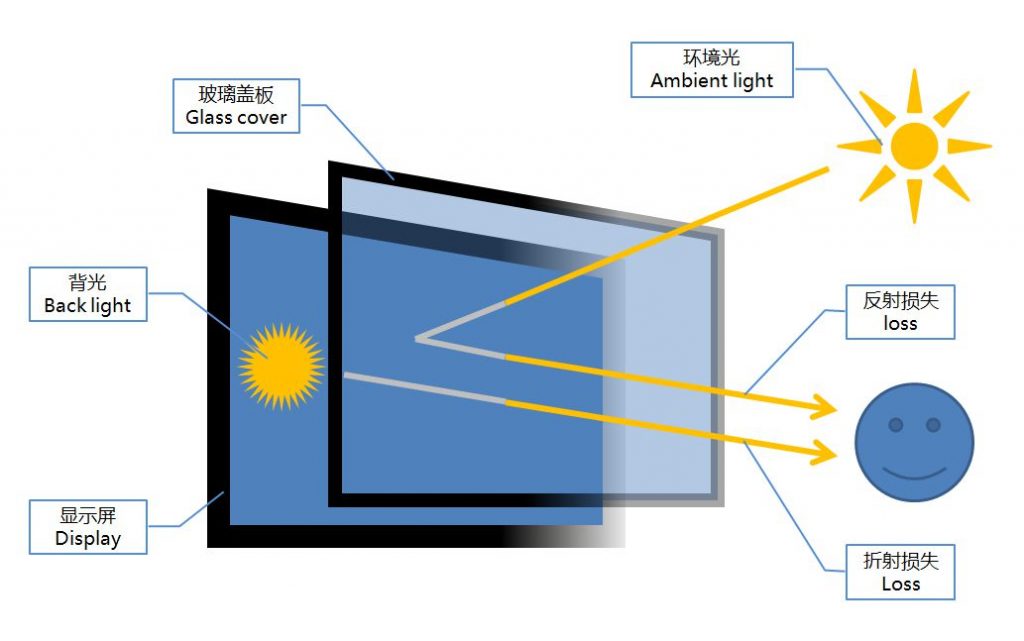
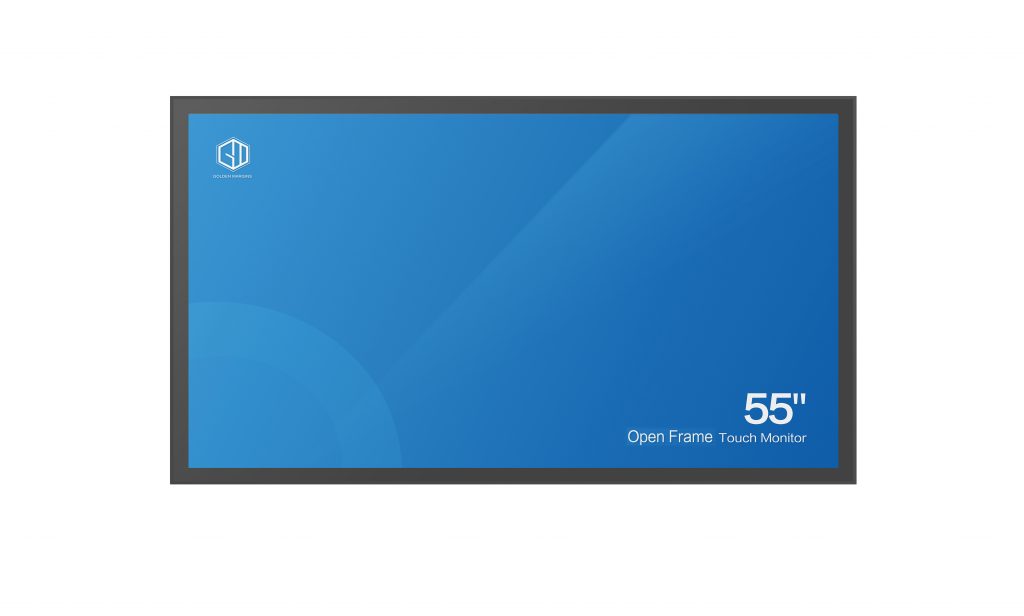
We hope you found these touchscreen or panel PC fundamentals informative. Goldenmargins offers a broad selection of Industrial Touchscreen Monitors and Touch Panel PCs in various sizes and configurations, including medical touch screens, sunlight-readable touch screens, open-frame touch screens, and waterproof touch panels, as well as other unique touch screen or panel PC designs. You can learn more about our services HERE or by calling us at +86 755 23191996 or sales@goldenmargins.com




